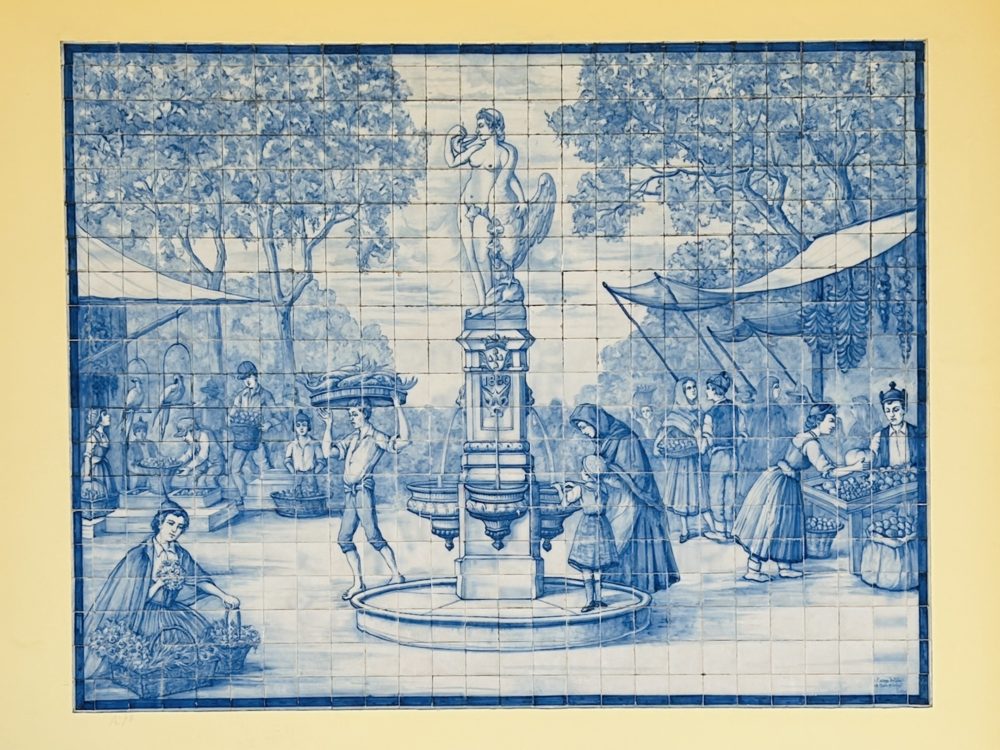The Mercado dos Lavradores, or Farmers’ Market, in Funchal, Madeira, is not just a bustling hub of local produce and culture but also a stunning showcase of traditional Portuguese azulejos. These beautiful ceramic tiles adorn the market’s walls, adding a vibrant and historical touch to this iconic building.
The Building and Its Azulejos
Designed by architect Edmundo Tavares, the Mercado dos Lavradores was inaugurated on November 24, 1940. The market’s façade, main entrance, and fish market are decorated with large azulejo panels created by artist João Rodrigues. The azulejos at Mercado dos Lavradores tell the stories of Madeira’s rich cultural heritage.
The History of Azulejos
Azulejos, the iconic ceramic tiles of Portugal, have a long and storied history. The term “azulejo” comes from the Arabic word “al-zillīj,” meaning “polished stone”. The use of these tiles in Portugal dates back to the 13th century, influenced by the Moors who introduced them to the Iberian Peninsula. Initially, azulejos were simple, monochromatic tiles used for practical purposes, such as protecting walls from moisture and heat.
Over time, the art of azulejo evolved, incorporating more intricate designs and vibrant colours. By the 16th century, azulejos had become a prominent feature of Portuguese architecture, used to decorate churches, palaces, and public buildings. These tiles often depicted religious scenes, historical events, and everyday life, serving both decorative and narrative purposes.
Azulejos and Madeira’s Climate
The widespread use of azulejos in Madeira is partly due to the island’s mild climate. The tiles are not only beautiful but also practical, providing protection against the elements. Madeira’s clement weather allows for the extensive use of azulejos on building exteriors, where they can be appreciated year-round without significant wear and tear.
The azulejos at Mercado dos Lavradores are a perfect example of how these tiles enhance the aesthetic appeal of buildings while also serving functional purposes. Their durability and ease of maintenance make them an ideal choice for public spaces like markets.













